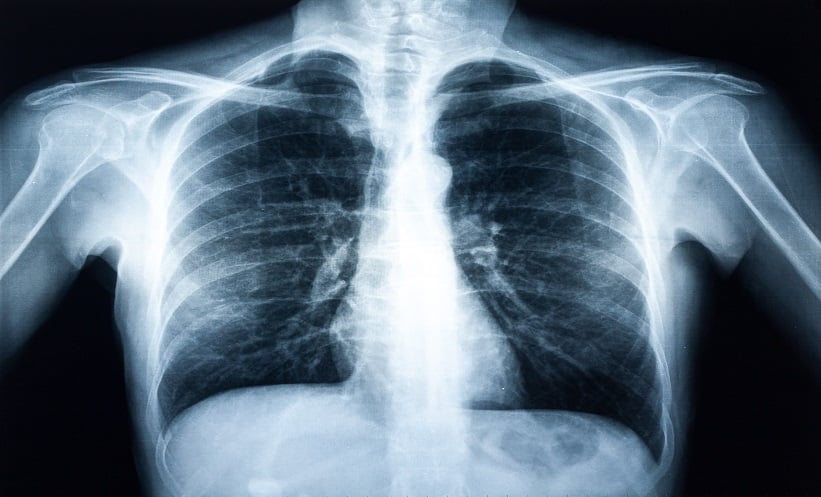A NOVEL imaging technique using F-18 fluorothymidine (FLT) PET scans can detect early signs of acute gastrointestinal graft-versus-host disease (GVHD) in bone marrow transplant patients, according to recently published research.
The study highlighted the potential of FLT-PET to pinpoint areas of GVHD in the gastrointestinal tract that are difficult to access for biopsy. “Severe acute GVHD continues to confer increased transplant-related mortality, and there are currently no biomarkers to identify those at risk of developing this disease,” the authors noted.
GVHD is a complication of hematopoietic stem cell transplantation (HSCT), a treatment for blood cancers. It occurs when the donor’s immune cells attack the recipient’s tissues, including the gastrointestinal (GI) tract, and can be life-threatening. Diagnosing GVHD typically relies on invasive biopsies to confirm inflammation caused by lymphocytes, which pose challenges for the GI system. However, FLT-PET imaging offers a non-invasive alternative by visualising lymphocyte activity through radiotracer uptake.
The clinical trial involved 20 HSCT recipients (median age 34; 11 women, nine men), with FLT-PET imaging performed on day 28 post-transplantation. By day 100, seven participants had developed biopsy-confirmed GI-GVHD. The researchers examined radiotracer uptake in the jejunum, ileum, and colon.
Findings revealed that patients with acute GVHD showed significantly higher FLT-PET standardised uptake values (SUVs) in the jejunum (median SUVmax 4.19) compared to those without GVHD (SUVmax 2.43). Each unit increase in jejunal SUVmax was associated with a 12.58-fold greater likelihood of a GI-GVHD diagnosis. While SUV uptake in other GI regions was elevated in GVHD cases, these differences were not statistically significant.
“These results suggest the jejunum may be an underappreciated site of GI-GVHD, with increased radiotracer uptake serving as an early marker before clinical symptoms emerge,” the authors wrote.
The study has paved the way for further research into FLT-PET imaging and serum biomarkers to enhance early GVHD diagnosis and improve outcomes for transplant recipients.
Victoria Antoniou, EMJ
Reference
Holter-Chakrabarty J et al. 18F-FLT PET and blood-based biomarkers for identifying gastrointestinal graft versus host disease after allogeneic cell transplantation. Radiol Imaging Cancer. 2025;7(1):e240096.








